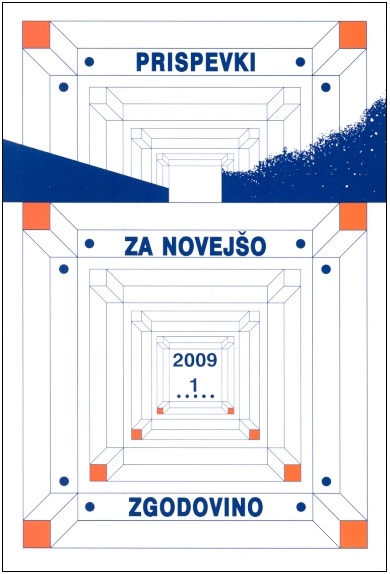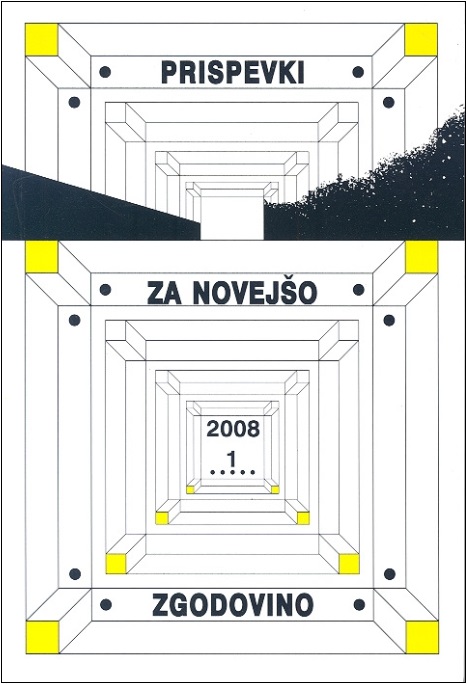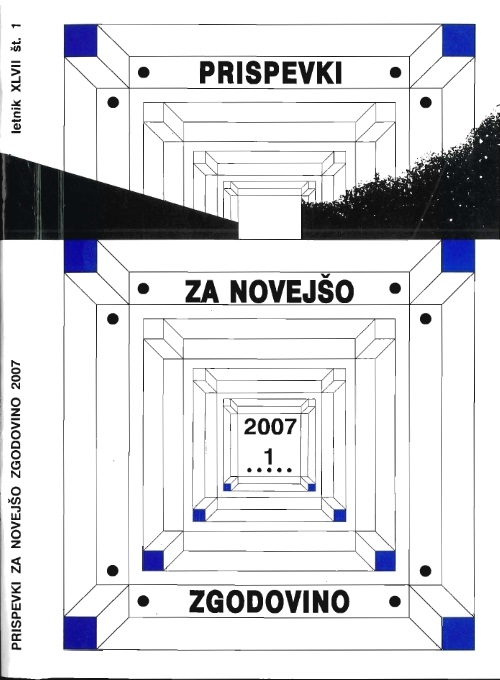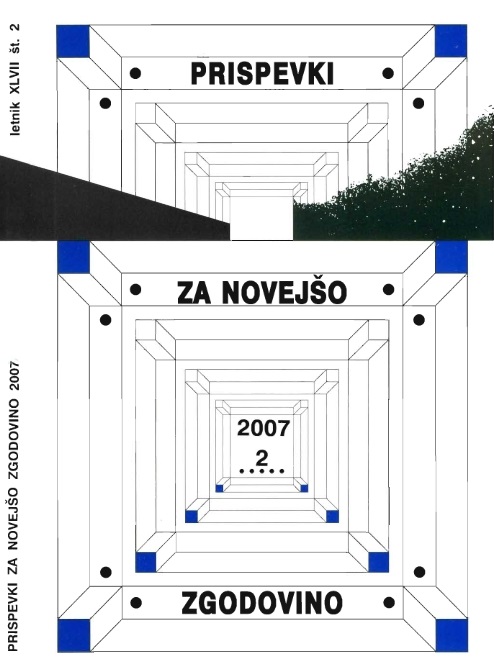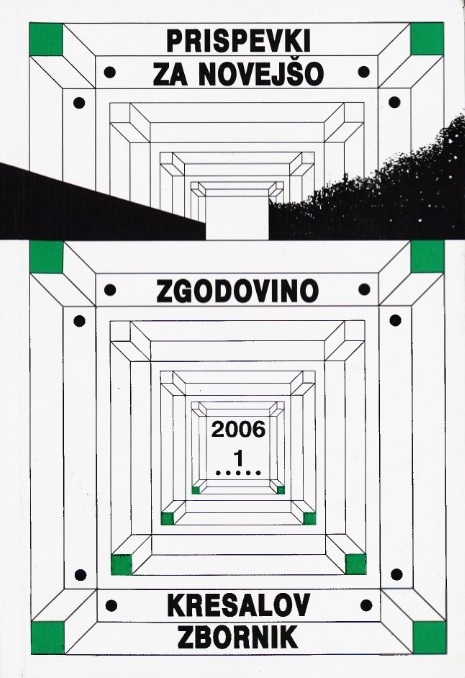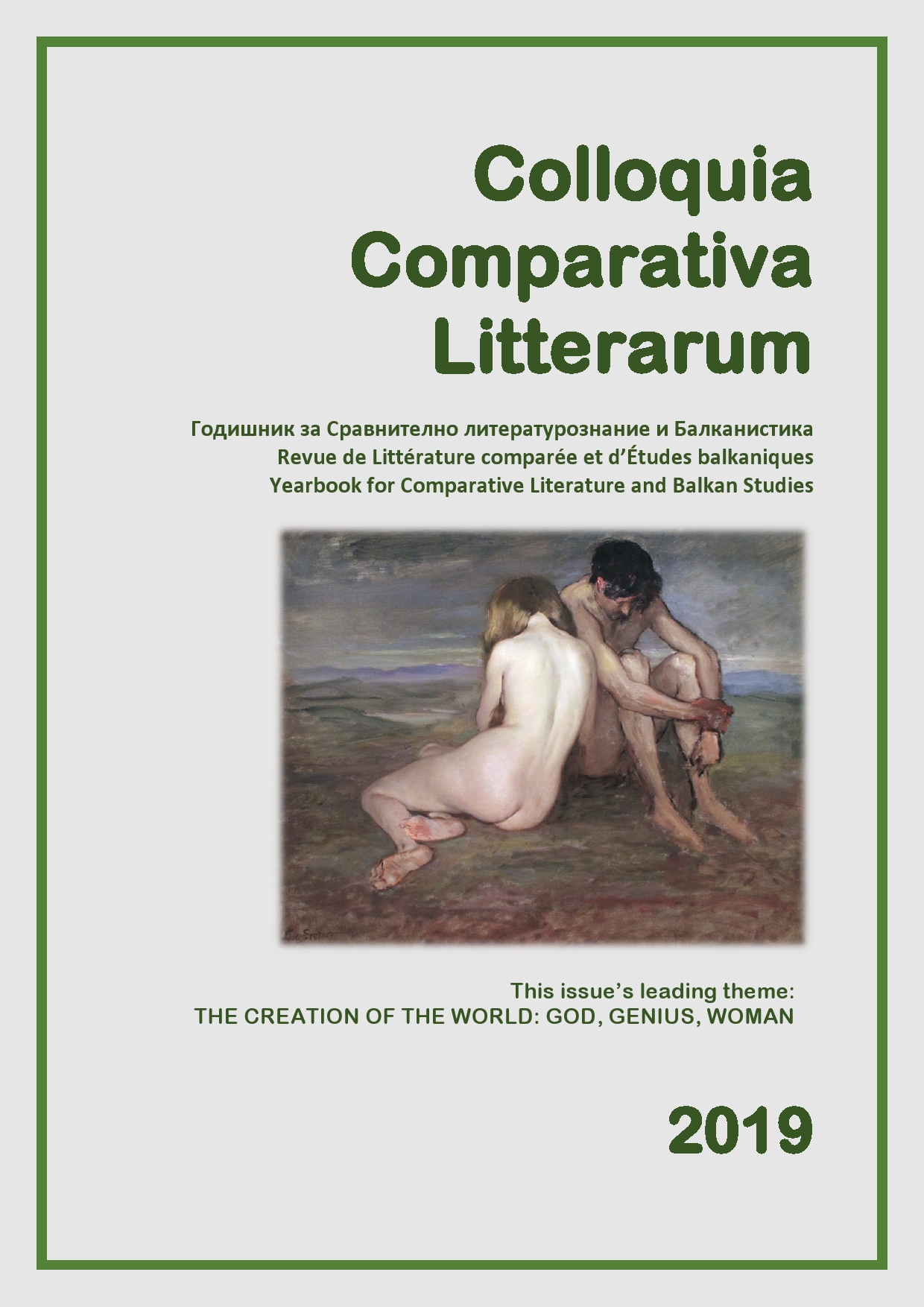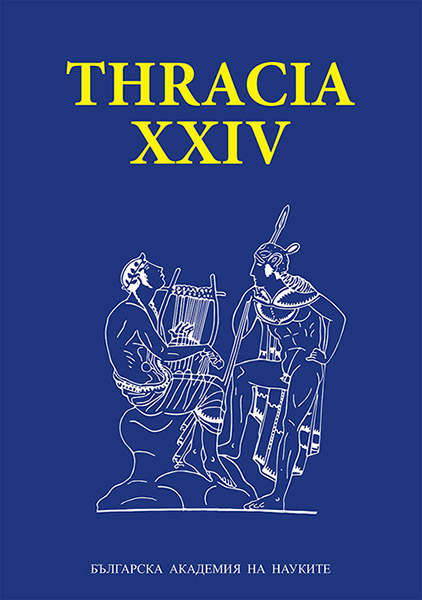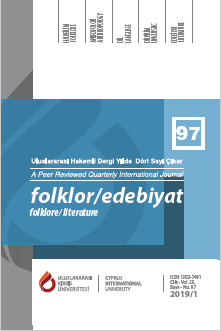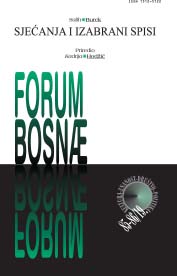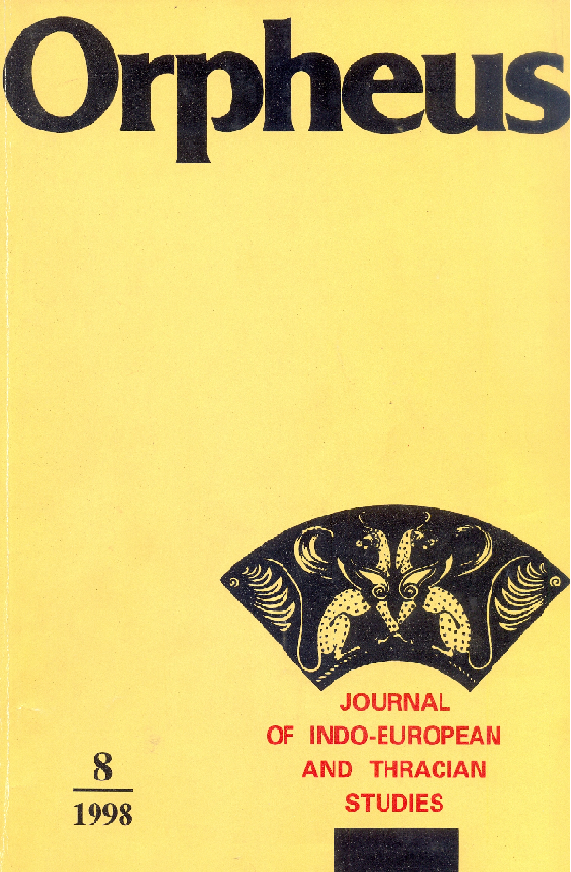Author(s): Valeria Fol / Language(s): English
Issue: 24/2019
The article examines the concept of Mycenaean Thrace introduced as a notion in specialised literature by Professor Alexander Fol, first used in 1972 following the archaeological discoveries and publications over the last decade. Mycenaean Thrace is a concept that shows from a historical point of view the typological similarity between the Thracian lands in the late Bronze Age and Mycenaean Greece. Analysing the written evidence and archaeological material, A. Fol specifies that Mycenaean Thrace is a concept of the similarities between the state-forming processes (similar but not identical processes!) in Southeastern Europe and especially of the Thracian lands and those of Mycenaean Greece towards the end of the Bronze Age, and of the similarities between their respective socio-political and civilisational development in the sense of technological achievements and material culture. A. Fol theorises that the common ethnonym Thracians was created during the colonisation and was archaicised in order to denote the northern part of the Mycenaean world, whose representatives participated in the Battle of Troy, and who often fought and traded with the Mycenaeans. He supports these observations, taking into consideration written sources with linguistic data, as well as the famous archaeological material at that time. The Fourth International Congress of Thracology in Rotterdam in 1984 was dedicated to the Thracian-Mycenaean contacts and interactions. The newly-discovered archaeological material supports written evidence that a Thracian aristocratic establishment, which governed its subordinate small territories and had economic and cultural contacts with other peoples, had been formed since the Trojan War, when Thracian mythological and legendary basilei were mentioned for the first time. The best known examples are the tumular necropoleis near the village of Dabene, Karlovo municipality, and in the area of the village of Izvorovo, Haskovo region. The gold objects found have analogies from Asia Minor to Central Europe and show the exceptionally high technological level of the toreutics masters who worked for a ruler living in the nearby tell. Another object that suggests early state organisation is again found along the Maritsa River. In the necropolis dating from the beginning of the second millennium BC near the village of Izvorovo, Haskovo region, two gold spindle weights have been placed as gifts; as well as gold necklaces with the beads of one of them in the form of barley grains; also, other gold ornaments showing clear relations with Crete. In connection with the excavations of the Ada Tepe gold mine in the Eastern Rhodopes, the Thracian lands are defined as northern boundaries of the Mycenaean world. The relations Thrace – Troy – Ahhiyawa are also documented by means of finds bearing inscriptions in Linear A script and are mythologised via the history of Dardan’s migration from Samothrace to Asia Minor and the mythographic tradition of the Chalybes. The synthesis of the new archaeological discoveries and the in-depth studies of the technologies that existed during the Bronze Age, especially the ones dating from the second half of the second millennium BC, confirm the active contacts with the Mediterranean world. Artefacts that testify to a strong aristocratic establishment are found also to the north of the Balkan Range. Their characteristics show connections to the north of the Danube, e.g., the two–part stone blocks for sceptres and armaments and the Valchitran gold treasure from the second half of the second millennium BC. In fact, we can safely conclude that A. Fol’s hypothesis of extending the content of the concept of Mycenaean Thrace north of the Balkan Range is confirmed. Twenty years ago, Mountjoy included Samothrace and Troy during the Late Bronze Age in the Mycenaean koiné, as the direction of the expansion of the influence of Ahhiyawa to the north on the map covered Lemnos, Samothrace, Western Asia Minor and left open space north towards Thrace. Ten years ago, Jan Boer also included Thrace in the Mycenaean area, believing that connections are not through the Black Sea but along the rivers, and in particular the Maritza River, thus confirming the hypothesis launched by Alexander Fol, but without quoting him. Alexander Fol formulated the notion Mycenaean Thrace for the lands south of the Danube River. The new archaeological discoveries, combined with the new methods of specialised studies of archaeological artefacts and their historical interpretation, themselves combined with the re-interpretation of the already known ones, show that Mycenaean Thrace is a theme to be continued, and that we can expect an extension of the territory for which it is used also to the north of the Danube River.
More...
